Regency, Renaissance and castles coexist in Jonathan Tuckey's latest home interior design
A central London home interior design by Jonathan Tuckey is an architectural landscape mixing Italian Renaissance, John Soane’s Bank of England, Louis Kahn, Regency styles and British castles

Ståle Eriksen - Photography
A master of interior renovation and transformation, Jonathan Tuckey is an experienced hand at reinventing period spaces – be it domestic or industrial – into richly layered homes that blend contemporary luxury with historical references. His latest home interior design, a house improvement in central London's Wimpole Street, does just that, bringing together the Italian Renaissance, John Soane’s Bank of England, Louis Kahn, Regency styles and British castles.
‘Virginia Woolf described Wimpole street as “…the most august of London streets, the most impersonal. Indeed, when the world seems tumbling to ruin, and civilisation rocks on its foundations, one has only to go to Wimpole Street”, says Tuckey. ‘With this in mind, in the context of 2020, it was quite fitting for the practice to have completed a ground-floor apartment on this particular street in Marylebone.'

Tuckey's concept consisted of a series of refined, craft-rich joinery elements, which would appear in different rooms and unite the interior with a coherent single approach – at the same time differentiating each room through the colour and type of joinery, giving each space its own identity. The design proposal had roots in the owner's brief and functional requirements for storage and the need to subdivide certain spaces.
Simple as this might sound, this was not your usual joinery work. The design team drew on Regency-style carpentry (the period the original house was built), as well as works by Italian Renaissance painter Stefano di Giovanni. The influence of the latter, especially, can be seen in the wooden forms and spatial treatment, which embraces screens and cabinetry as architectural elements, rather than simply ‘decoration' or pastiche.
Meanwhile, ‘the plan for the apartment was developed as a result of studying John Soane’s Bank of England plan and also Louis Kahn’s investigation of British castles', adds Tuckey on the home interior design's internal arrangement. ‘Both of these precedents helped inform the idea of walls as rooms; increasing the thickness of the walls can enable volumes (rooms) to be excavated from them.'
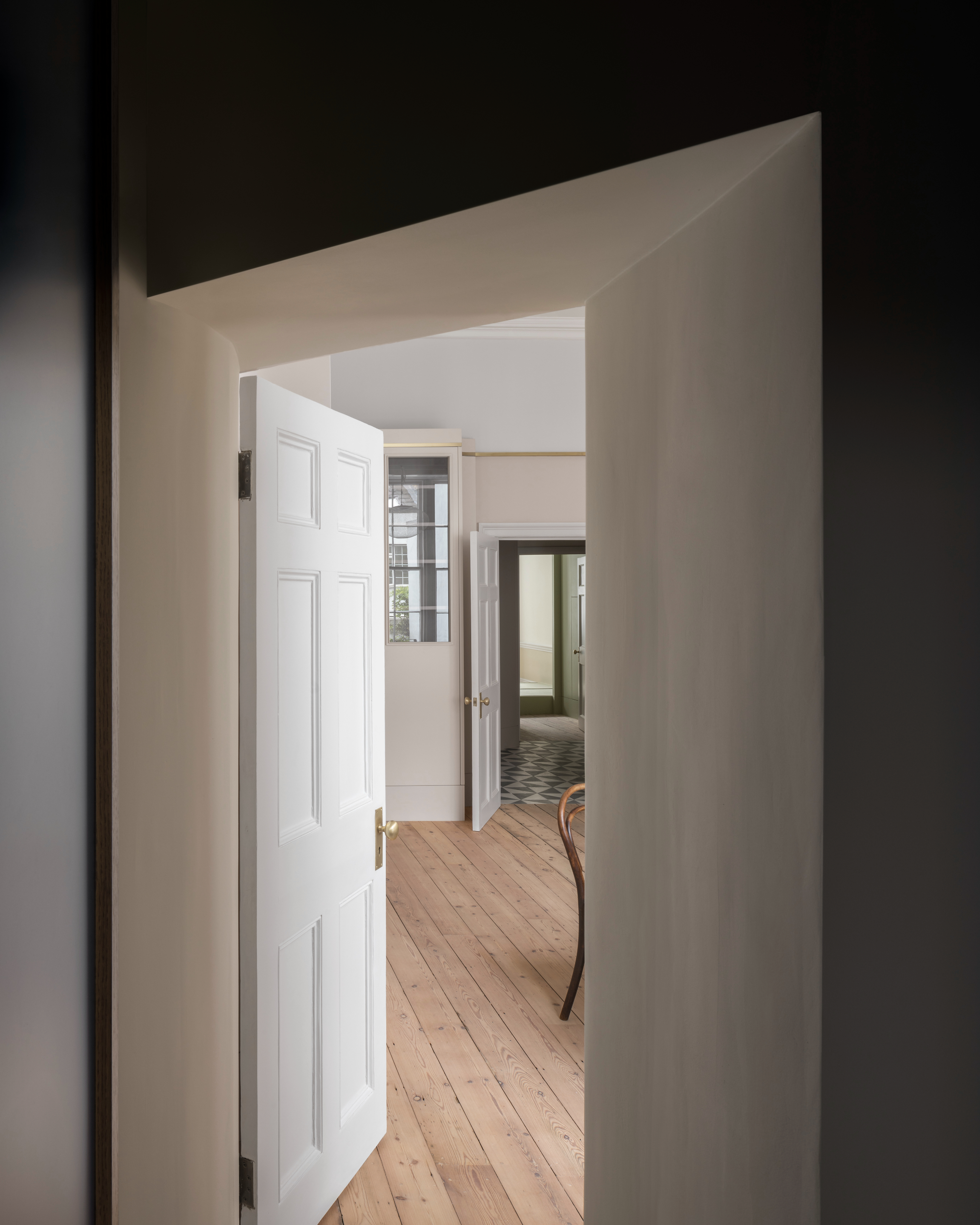
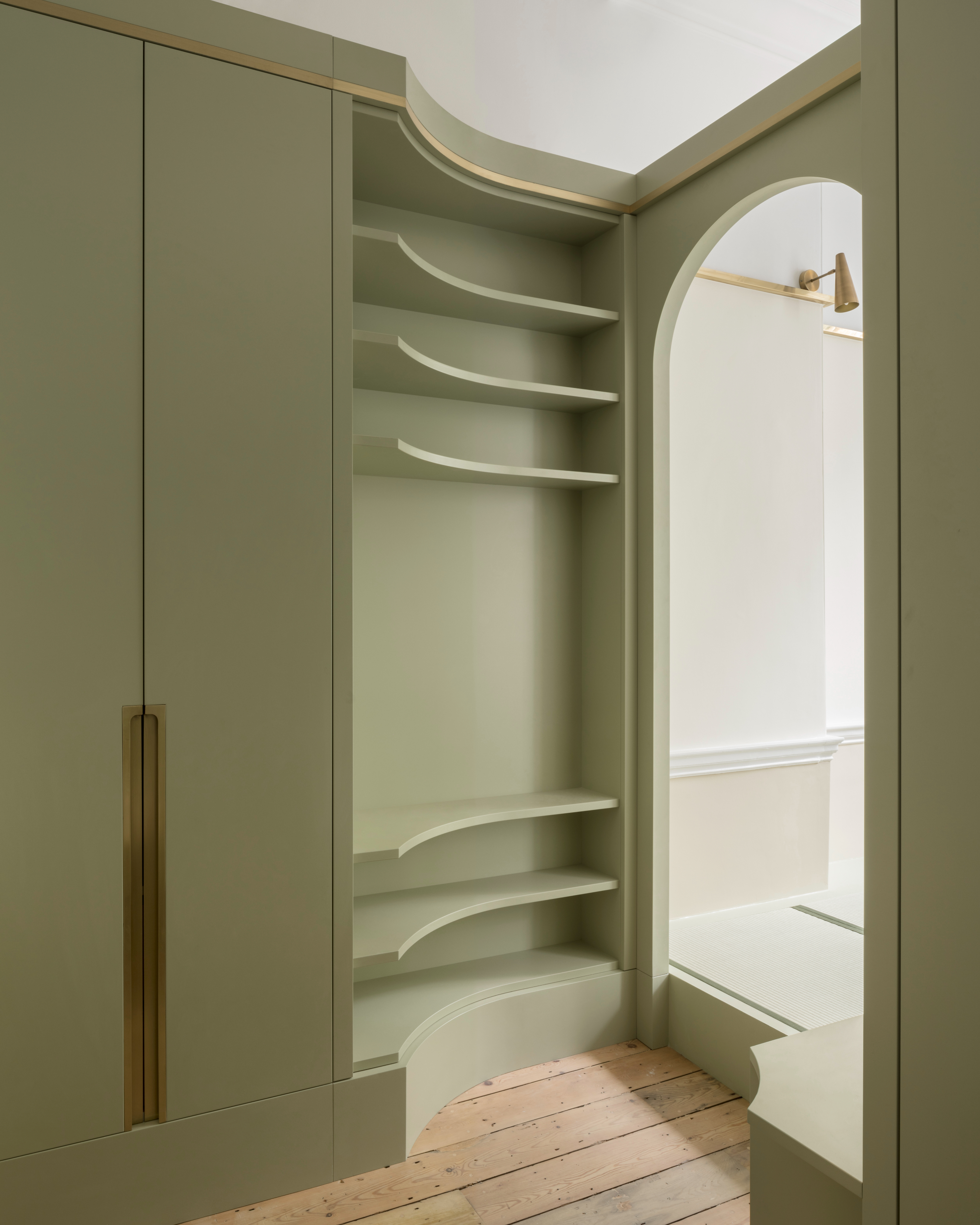
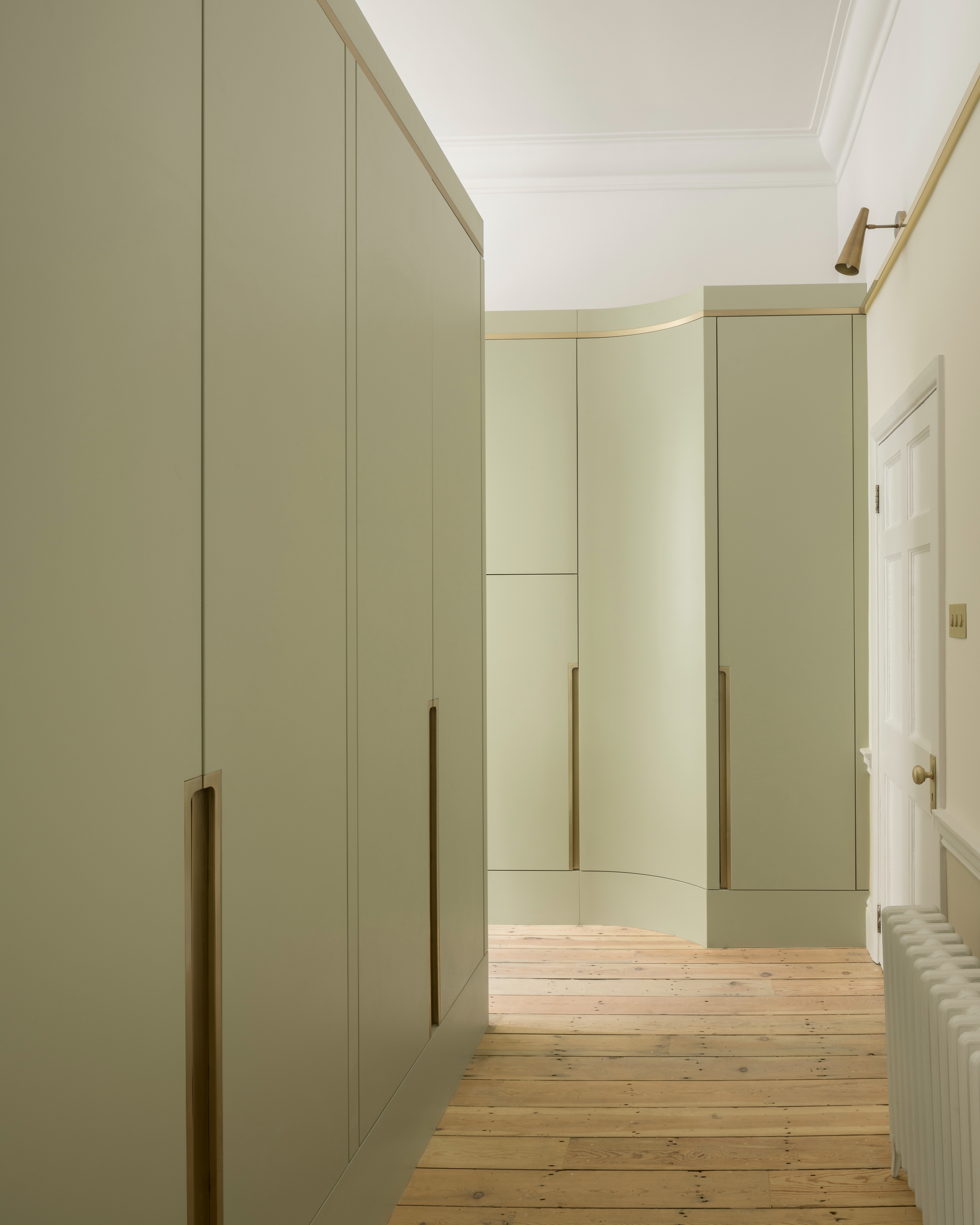

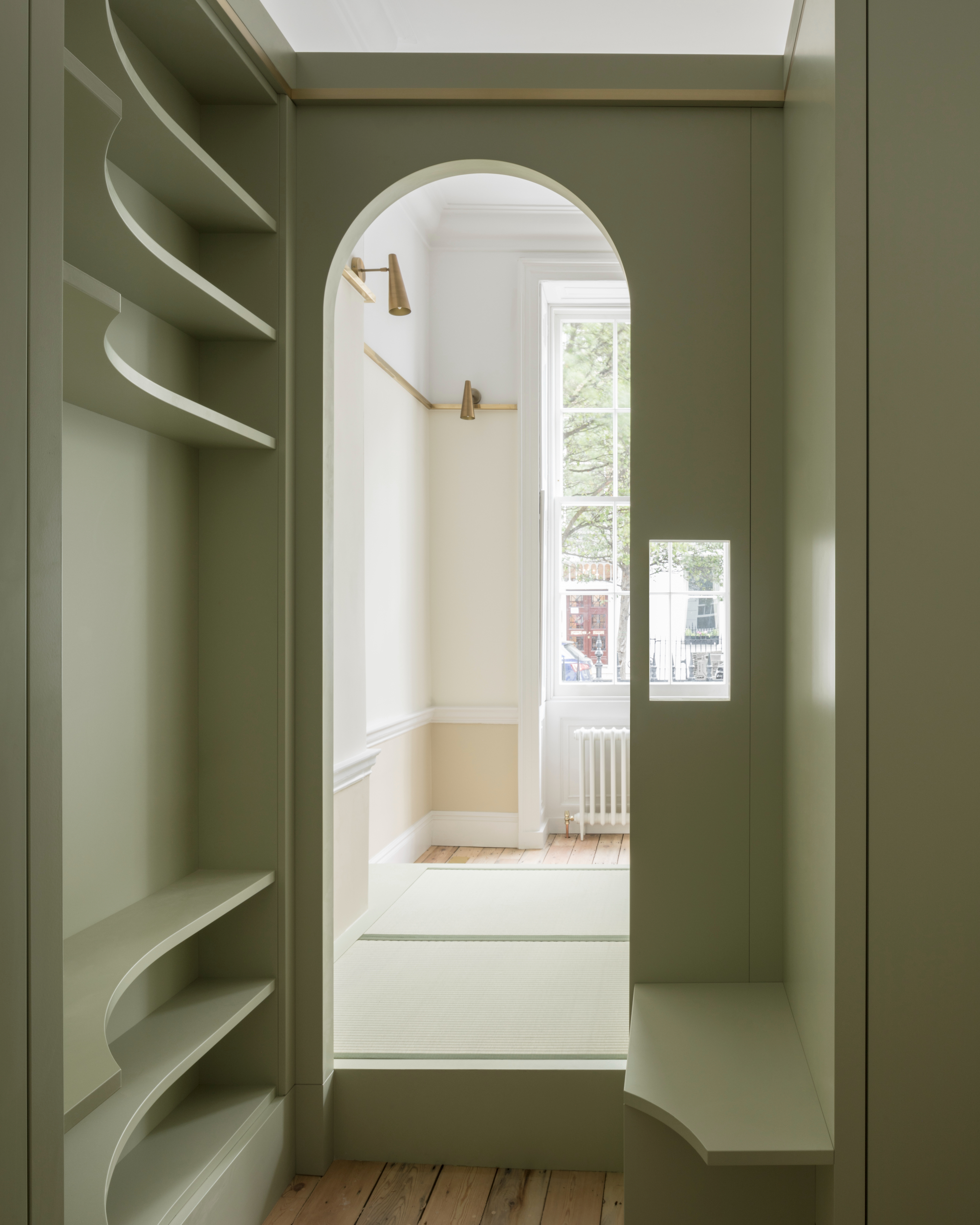
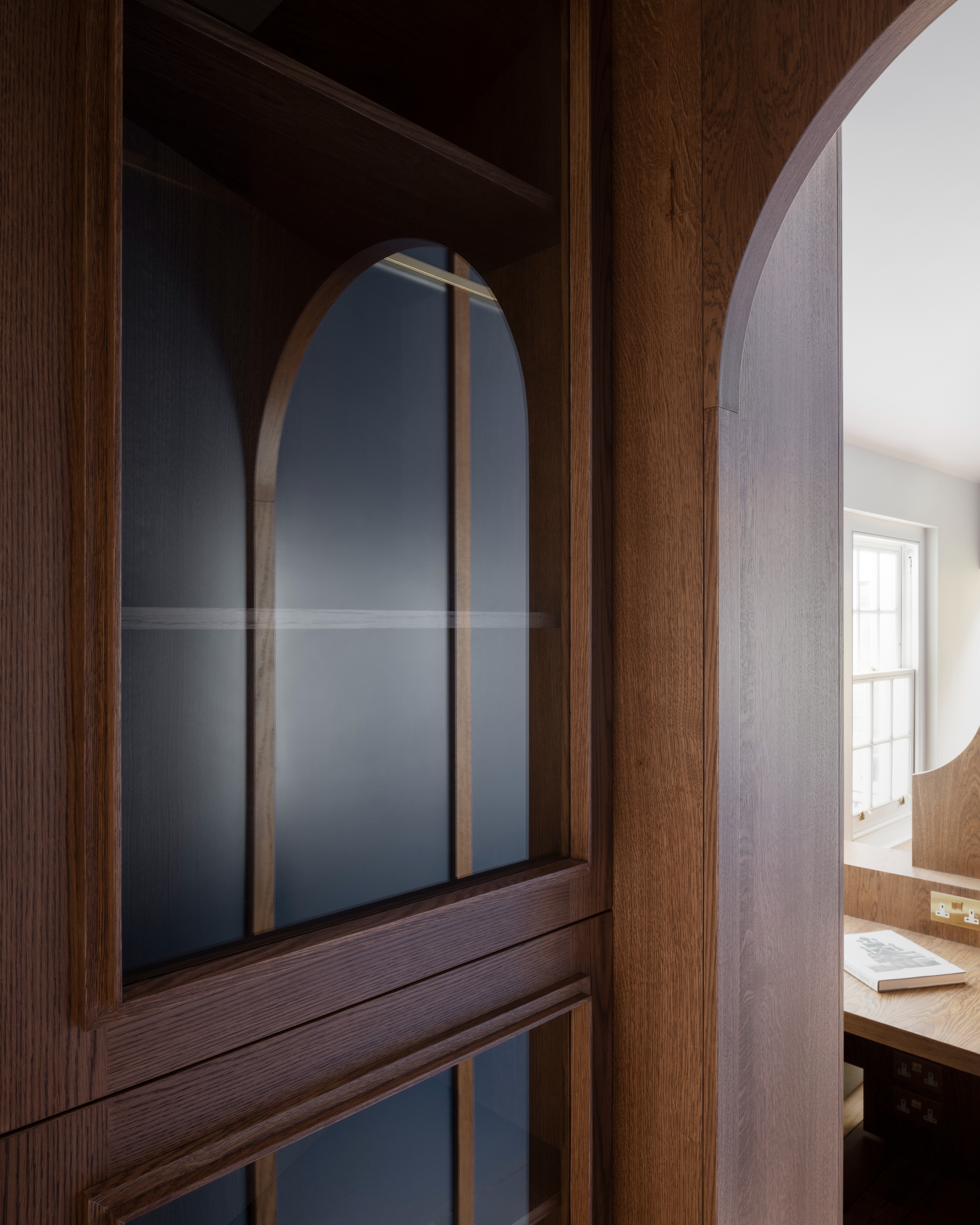

INFORMATION
jonathantuckey.com
Receive our daily digest of inspiration, escapism and design stories from around the world direct to your inbox.
Ellie Stathaki is the Architecture & Environment Director at Wallpaper*. She trained as an architect at the Aristotle University of Thessaloniki in Greece and studied architectural history at the Bartlett in London. Now an established journalist, she has been a member of the Wallpaper* team since 2006, visiting buildings across the globe and interviewing leading architects such as Tadao Ando and Rem Koolhaas. Ellie has also taken part in judging panels, moderated events, curated shows and contributed in books, such as The Contemporary House (Thames & Hudson, 2018), Glenn Sestig Architecture Diary (2020) and House London (2022).
-
 Inside Christian de Portzamparc’s showstopping House of Dior Beijing: ‘sculptural, structural, alive’
Inside Christian de Portzamparc’s showstopping House of Dior Beijing: ‘sculptural, structural, alive’Daven Wu travels to Beijing to discover Dior’s dramatic new store, a vast temple to fashion that translates haute couture into architectural form
-
 A music player for the mindful, Sleevenote shuns streaming in favour of focused listening
A music player for the mindful, Sleevenote shuns streaming in favour of focused listeningDevised by musician Tom Vek, Sleevenote is a new music player that places artist intent and the lost art of record collecting at the forefront of the experience
-
 Take a tour of the 'architectural kingdom' of Japan
Take a tour of the 'architectural kingdom' of JapanJapan's Seto Inland Sea offers some of the finest architecture in the country – we tour its rich selection of contemporary buildings by some of the industry's biggest names
-
 Arbour House is a north London home that lies low but punches high
Arbour House is a north London home that lies low but punches highArbour House by Andrei Saltykov is a low-lying Crouch End home with a striking roof structure that sets it apart
-
 A former agricultural building is transformed into a minimal rural home by Bindloss Dawes
A former agricultural building is transformed into a minimal rural home by Bindloss DawesZero-carbon design meets adaptive re-use in the Tractor Shed, a stripped-back house in a country village by Somerset architects Bindloss Dawes
-
 RIBA House of the Year 2025 is a ‘rare mixture of sensitivity and boldness’
RIBA House of the Year 2025 is a ‘rare mixture of sensitivity and boldness’Topping the list of seven shortlisted homes, Izat Arundell’s Hebridean self-build – named Caochan na Creige – is announced as the RIBA House of the Year 2025
-
 In addition to brutalist buildings, Alison Smithson designed some of the most creative Christmas cards we've seen
In addition to brutalist buildings, Alison Smithson designed some of the most creative Christmas cards we've seenThe architect’s collection of season’s greetings is on show at the Roca London Gallery, just in time for the holidays
-
 In South Wales, a remote coastal farmhouse flaunts its modern revamp, primed for hosting
In South Wales, a remote coastal farmhouse flaunts its modern revamp, primed for hostingA farmhouse perched on the Gower Peninsula, Delfyd Farm reveals its ground-floor refresh by architecture studio Rural Office, which created a cosy home with breathtaking views
-
 A revived public space in Aberdeen is named Scotland’s building of the year
A revived public space in Aberdeen is named Scotland’s building of the yearAberdeen's Union Terrace Gardens by Stallan-Brand Architecture + Design and LDA Design wins the 2025 Andrew Doolan Best Building in Scotland Award
-
 The Architecture Edit: Wallpaper’s houses of the month
The Architecture Edit: Wallpaper’s houses of the monthFrom wineries-turned-music studios to fire-resistant holiday homes, these are the properties that have most impressed the Wallpaper* editors this month
-
 A refreshed 1950s apartment in East London allows for moments of discovery
A refreshed 1950s apartment in East London allows for moments of discoveryWith this 1950s apartment redesign, London-based architects Studio Naama wanted to create a residence which reflects the fun and individual nature of the clients